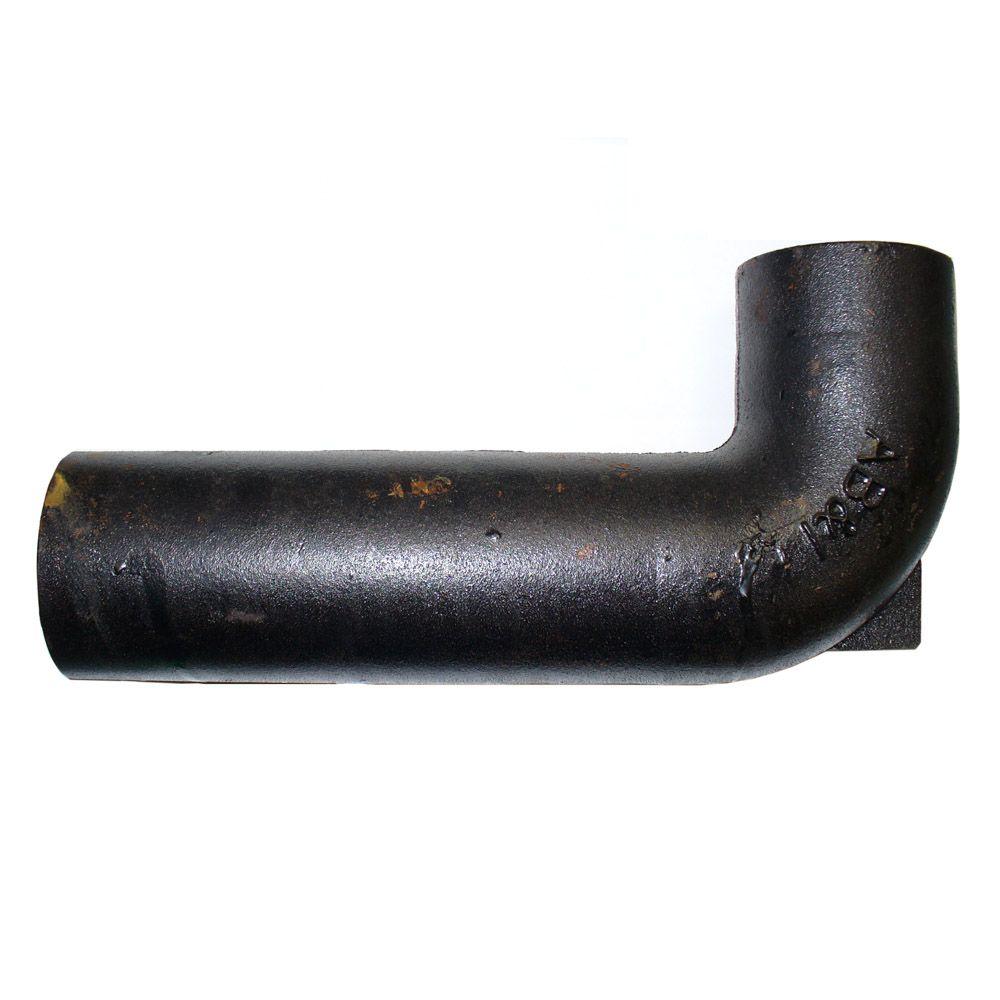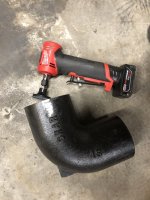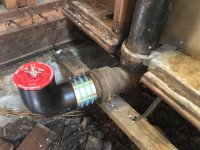Dusty Fellow
New Member
Working on a bath remodel, 2 adjacent baths in a 2 bath house, so much of the plumbing is getting re-done. Current DWV is all hubbed CI & galv and I’ll be sticking with CI.
One of the toilet locations is staying exactly in place, but the flange and end of closet bend are in bad shape. Is it kosher to cut at midpoint of the closet bend and replace with a half of a new no-hub bend, rather than trying to go all the way to the lead/oakum joint and having to deal with replacing a chunk of 4” vertical stack?
Wasn’t sure if that would be considered poor form.
Thanks! Dusty
One of the toilet locations is staying exactly in place, but the flange and end of closet bend are in bad shape. Is it kosher to cut at midpoint of the closet bend and replace with a half of a new no-hub bend, rather than trying to go all the way to the lead/oakum joint and having to deal with replacing a chunk of 4” vertical stack?
Wasn’t sure if that would be considered poor form.
Thanks! Dusty



